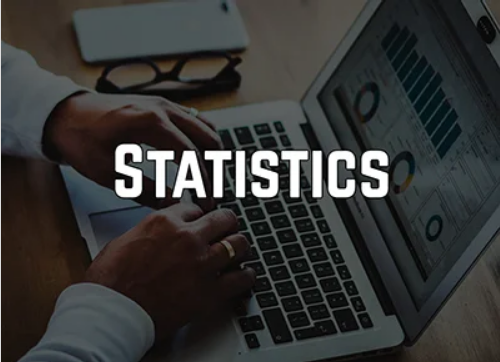Hypothesis Testing, P-Values, and Inference – When Thinking Like a Statistician Makes Sense
🎤 Elaine Eisenbeisz | 📅 Recording Available | 🕒 90 Minutes
Description:
This webinar will present the reasoning that formulates null hypotheses and turns researchers’ hair gray. You will learn the why and how of the scientific method, and how to view the world with a statistician’s eyes.
Do you become tongue tied when explaining the meaning of a p-value? Would you like to know why the null hypothesis is so important to research? Why don’t statistics prove anything? Are you “pretty sure” about what you want to say in plain English, but you’re not sure how to say it statistically?
Explore the possibilities and limitations of research questions and hypothesis development.
P-values are not enough! Learn how to interpret statistical findings with p-values, effect sizes, and confidence intervals.
Why You Should Attend:
This course will give you clarity on the processes of developing testable hypotheses, and interpretation of study findings, not only with p-values, but also by making use of effect sizes and confidence intervals.
This webinar will briefly review the history of scientific method. We will explore the steps involved in developing a research question that can be tested with statistical hypotheses. Examples of research questions and hypotheses that can and cannot be tested will be presented. A brief lesson in statistical theory will explain why we don’t prove anything in research, we can only make really, really, good guesses…providing we look at the problem the right way. We will also discuss three ways of interpretation that in combination can be used for better decision making, namely, p-values, effect sizes, and confidence intervals.
Areas Covered in the Session:
- Brief history of the scientific method
- Examples of when scientific methods is useful, and when it is not are not.
- 5 steps for hypothesis testing:
- Formulation of research questions and statistical hypotheses to explain and/or test phenomena.
- Specify the statistical hypotheses
- Choice of an appropriate test-statistic
- Compute probability and determine if results are significant
- Properly state conclusions and make inferences based on the test results
- Why p-values are not enough. A review of effect sized and confidence intervals.
- Suggestions for the best tests to use to address specific types research, and how to structure the study research questions accordingly:
- Tests of mean differences
- Tests of correlation/association
Who Should Attend:
- Device manufacturers
- Researchers
- Principal Investigators
- Coordinators
- Industry Sponsors
- IRB members


